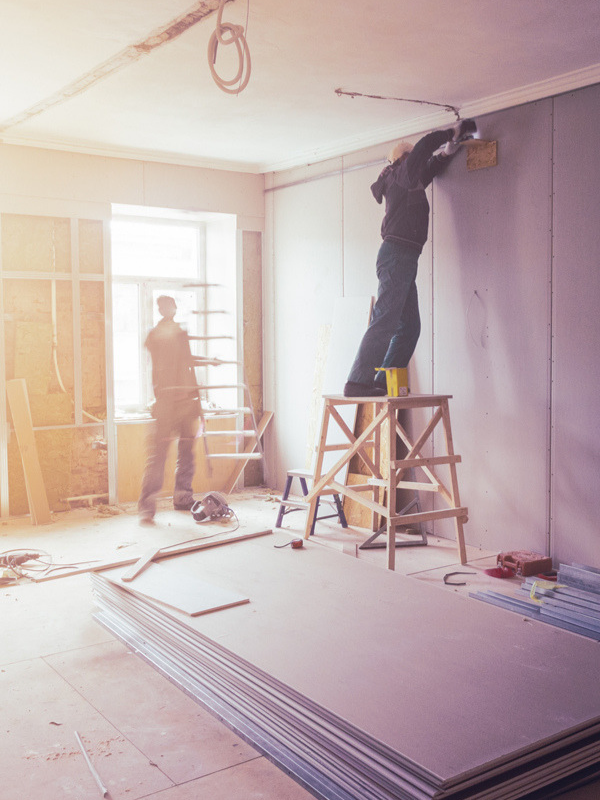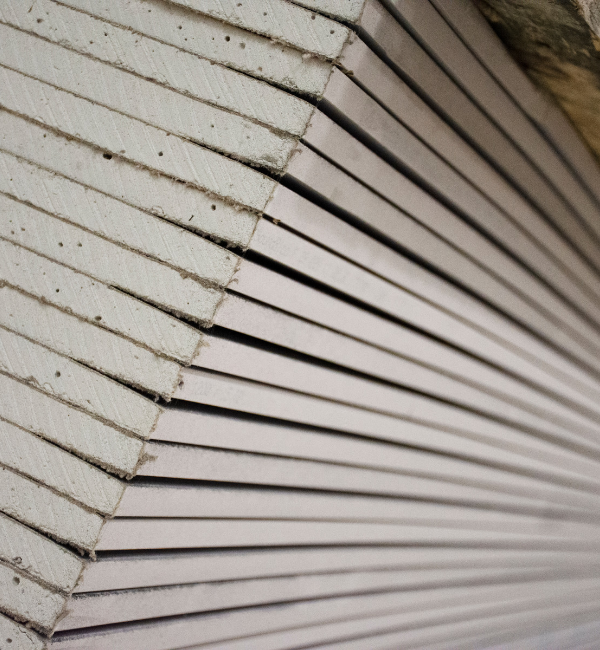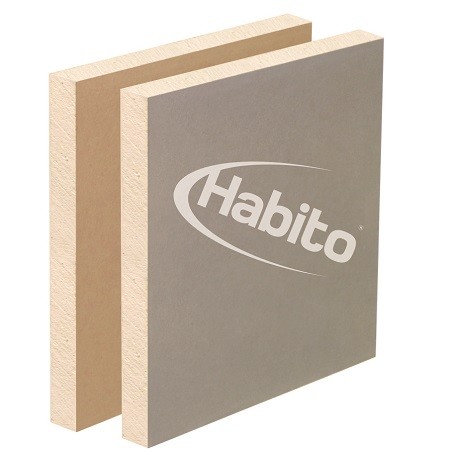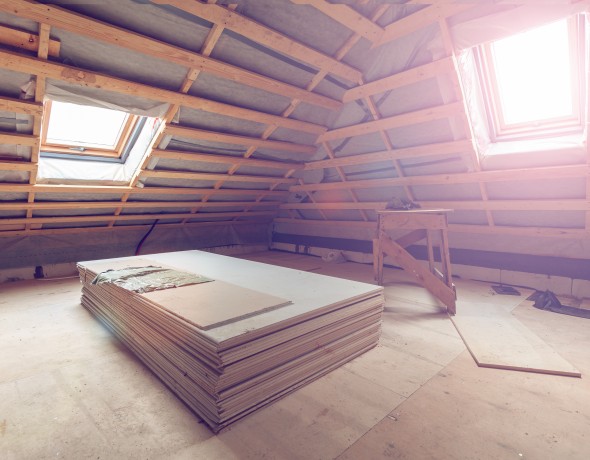
The ultimate guide to Plasterboard
You’re about to begin your self-build journey and the race is on to reach that long-awaited completion day. But before you peer across that finish line you should have already decided on the most suitable way to build your walls and ceilings.
Plasterboard is used to build internal walls, ceilings, partitions, wall linings and floors. It is an easy way to create a seamless, smooth look and feel, ready for finishing, and is the ideal solution to meet building regulations for fire, acoustic, moisture and thermal performance.
What is plasterboard made of?
Plasterboard is a panel made of calcium sulfate dehydrate (gypsum). It is also known as drywall, wallboard or wall panels. Plasterboard is basically an inner layer of gypsum sandwiched between two outer layers of lining paper including various additives in the gypsum layer and varying the weight and strength of the lining paper.
Plasterboard generally comes in 1200mm wide sheets, designed to suit the standard 600mm stud spacing used in housing today.
The walls of timber frame, steel frame and SIPs (structural insulated panels) houses are almost always finished with 12.5mm plasterboard fixed to the vertical studs or counter battens. Those building in masonry, with brick or building stones, have the choice of either hard (wet) plastering the walls or dry-lining with plasterboard.

Which type of plasterboard?
Navigating your way through the plethora of plasterboard products on the market can be challenging. You can purchase plasterboard in a number of builders’ merchants and you’ll come across a number of types of boards and finishing products.
The future use of a room will determine which kind of plasterboard to use, so it's worth getting expert advice beforehand if you are unsure as certain plasterboards will meet your long term requirements.
Plasterboard is good for cutting down noise transmission such as speech and music. High performance acoustic plasterboards, such as Gyproc SoundBloc, can help to provide better insulation against sound.
Damp conditions, such as in kitchens and bathrooms, require the use of specially designed moisture resistant plasterboard that contain water repellent additives. While standard plasterboard is ideal for most environments, it shouldn't be used in high moisture conditions. For kitchens, bathrooms, shower cubicles and wet rooms, Gyproc Moisture Resistant, or Glasroc H TILEBACKER, a water resistant board, can be used.

Insulated and fire protection plasterboards
Looking for an easy solution when it comes to insulation? Insulated plasterboard consists of a sheet of standard plasterboard with a sheet of insulated material. These can be found in various sizes, thicknesses and finishes. It can be used on internal walls to enhance thermal performance. They provide internal drylining and insulation in just one fixing operation, giving faster completion times.
Fire resistance performance is based on complete partition systems such as a wall, ceiling or floor, therefore plasterboard products cannot be considered in isolation in terms of fire resistance. Some plasterboards, such as Gyproc FireLine, contain fire resistant additives which make them suitable for use where a more stringent fire performance is required.
Is my plasterboard strong enough?
Typically, new homes built by national housebuilders feature standard plasterboard which is finished with standard plaster skim and accessories such as corner tape. Tasks such as hanging heavy curtains, TVs and fixing mirrors can prove challenging.
Alternatives to standard plasterboard include Gyproc Habito plasterboard which can support up to 15kg with a single number 10 woodscrew. It has a reinforced core which removes the need for drills and specialist fixings, allowing you to screw directly into the wall with just a screwdriver.

Preventing wet plasterboard
Caution and care should be taken when storing and using plasterboard. If it becomes wets it weakens the material.
Did you know?
British Gypsum is the UK’s leading manufacturer of interior lining systems. With over 100 years’ experience in plaster, plasterboard and ceiling solutions, the company already has a multitude of high-performance products and systems. British Gypsum develops innovative products and services that help customers build better spaces to live, work and play. In every kind of building – from home to work, from the local supermarket to the local hospital – British Gypsum helps to create partitions, provide comfort, protect against fire and insulate against sound.


